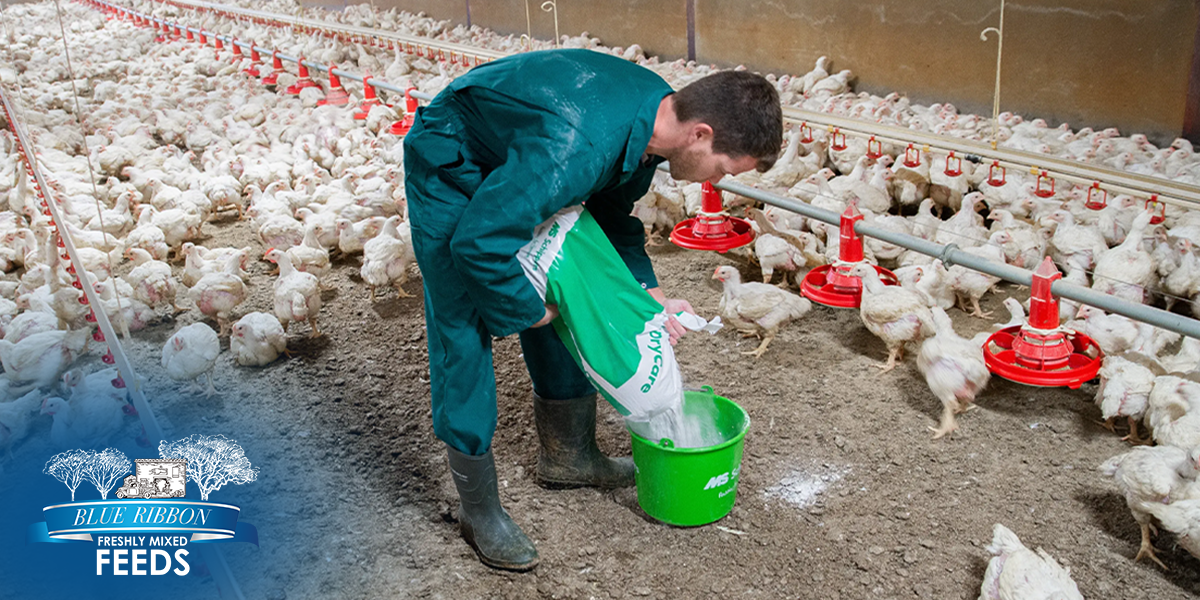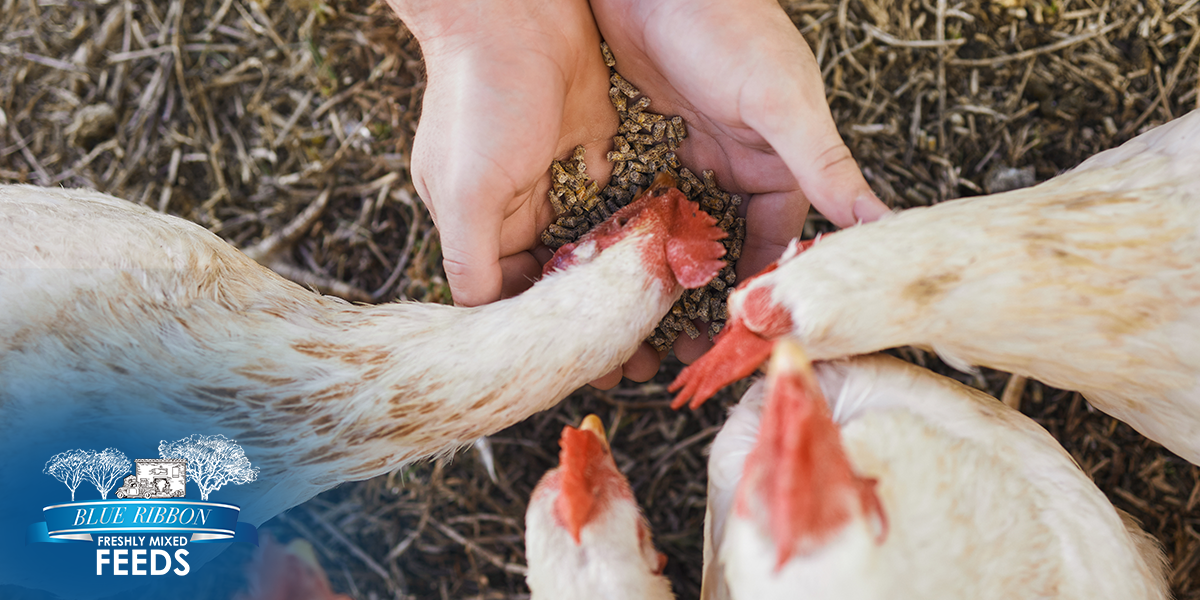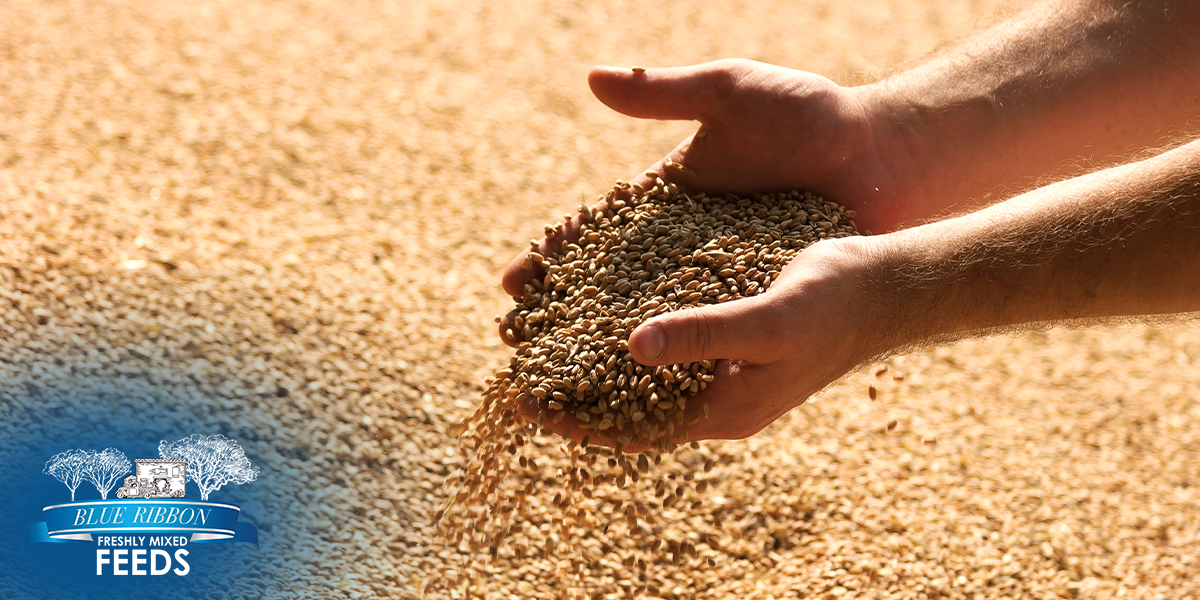Moisture Control in Feed: Why It’s Crucial for Freshness and Safety

When it comes to maintaining high-quality livestock nutrition, feed moisture control is one of the most critical yet often overlooked factors. At Blue Ribbon Non-GMO Feeds, we understand that feed freshness and safety hinge not just on the ingredients such as non-GMO grains and balanced nutrients, but also on how well the feed is manufactured, stored, and protected from excess moisture.
Proper moisture management plays a direct role in feed safety, feed freshness, and ultimately the health and performance of your animals.
Why Moisture Matters for Feed Quality and Safety
Moisture in feed goes beyond simply being wet or dry. When feed has too much moisture, or when moisture fluctuates during storage, it can trigger spoilage, degrade nutrients, and enable microbial growth. According to industry research, high moisture levels in feed lead to increased risks of molds, bacteria, and nutrient degradation.
For example, nutrient stability (including vitamins and minerals) suffers when moisture is not controlled, and the physical structure of pellets or crumbles can degrade, affecting palatability, digestibility, and overall livestock feed quality.
In short, moisture control supports feed safety by reducing the risk of mycotoxin-forming molds and spoilage. It supports feed freshness by keeping feed palatable and nutritionally intact and helps keep your non-GMO feeds performing as intended.
Moisture Control and the Benefits of Non-GMO Feed
At Blue Ribbon Non-GMO Feeds, we pride ourselves on clean ingredient lists, traceability, and non-GMO certification. But even the best ingredients will underperform if moisture control is neglected. The benefits of non-GMO feed are magnified when the feed is fresh, protected from spoilage, and stored properly. Animals consuming high-quality, non-GMO feed that has been moisture-managed are more likely to show optimal health, digestibility, and behavior.
By ensuring proper moisture control, you safeguard the nutritional integrity of the feed and maintain the value that non-GMO formulations deliver for better animal wellbeing, stronger immunity, and consistent performance.
Moisture, Mold Prevention, and Storage Management
One of the greatest risks in feed storage is the growth of mold and the production of mycotoxins. Excess moisture is a key enabler of mold growth. Effective mold prevention in feed begins with controlling moisture in every step, from manufacturing through transport to storage on your farm.
Best practices in feed storage management include storing feed in a dry, well-ventilated area, maintaining consistent humidity, using sealed containers or bins, rotating stock (first in, first out), and monitoring moisture levels.
By doing so, you protect against both visible spoilage such as mold, caking, or clumping, and invisible losses like nutrient breakdown and palatability decline. This supports overall feed quality, ensuring animals receive what was promised and perform accordingly.
How It Works: Manufacturing and Storage
Moisture optimization begins at the feed mill. Raw material moisture must be measured, conditioning and pelleting steps controlled, and drying and cooling properly handled to give the final feed the correct moisture profile.
During storage and distribution, feed must be kept in conditions where moisture uptake or condensation is minimized. Monitoring moisture content and water activity helps maintain stability and extends shelf life.
For farmers using Blue Ribbon Non-GMO Feeds, this means the feed you receive has undergone rigorous formulation and proper moisture control. When you deliver it to your animals, you’re getting consistent quality, minimal spoilage risk, and optimal nutrient value.
Why This Matters for Animal Wellbeing
Feed that is free from spoilage, mold, and nutrient deterioration helps animals digest easily, absorb nutrients efficiently, and behave naturally. When feed quality drops due to moisture problems, animals may show reduced intake, slower growth, health challenges, or even behavioral issues. Maintaining feed moisture control supports animal wellbeing in a very tangible way.
Additionally, sustainable animal diets are only sustainable if they remain safe and stable through storage and use. By controlling moisture, we honor both the animal and the planet, reducing waste, ensuring feed efficiency, and supporting long-term farm productivity.
Better Feed Starts with Better Moisture Control
In the realm of animal nutrition, quality ingredients get a lot of attention, but it’s the less glamorous details like moisture control that often make the difference between good and great results. With Blue Ribbon Non-GMO Feeds, you get the ingredients along with the manufacturing and storage integrity that keep feed fresh, safe, and effective.
Whether you manage a small flock or a large herd, commit to feed moisture control, invest in good storage practices, and choose feed that prioritizes quality every step of the way. Your animals will thank you with the health, performance, and natural behaviors you’re aiming for.



Leave a comment
What do you want to hear about next? We'd love to hear from you!